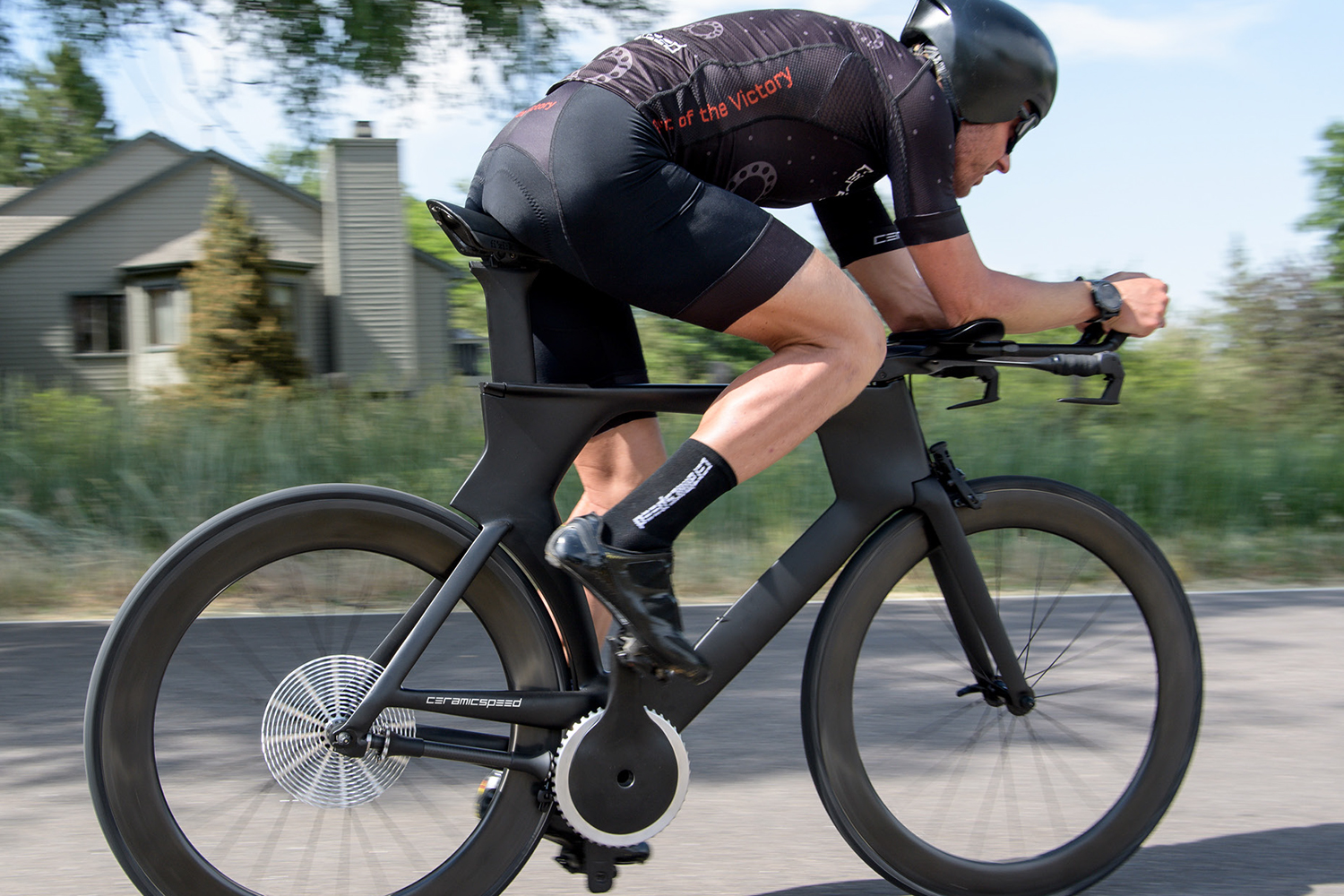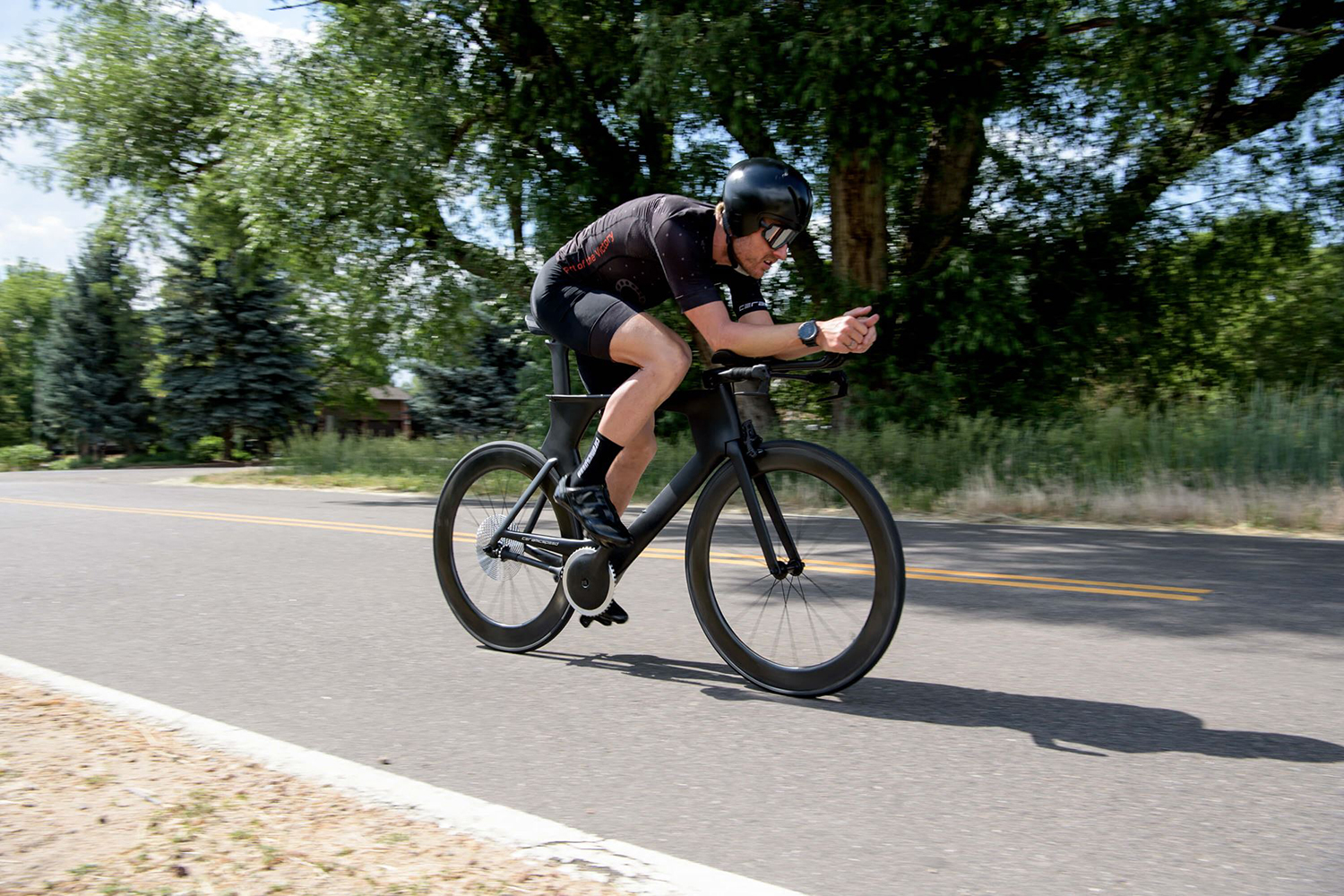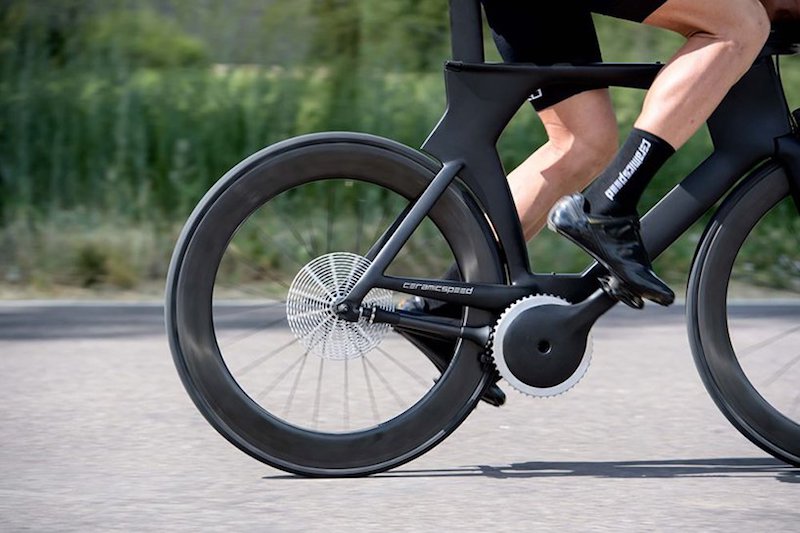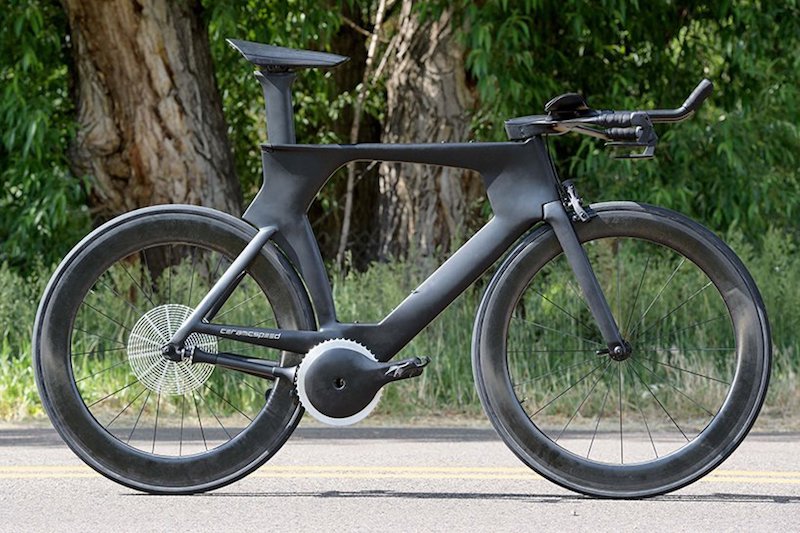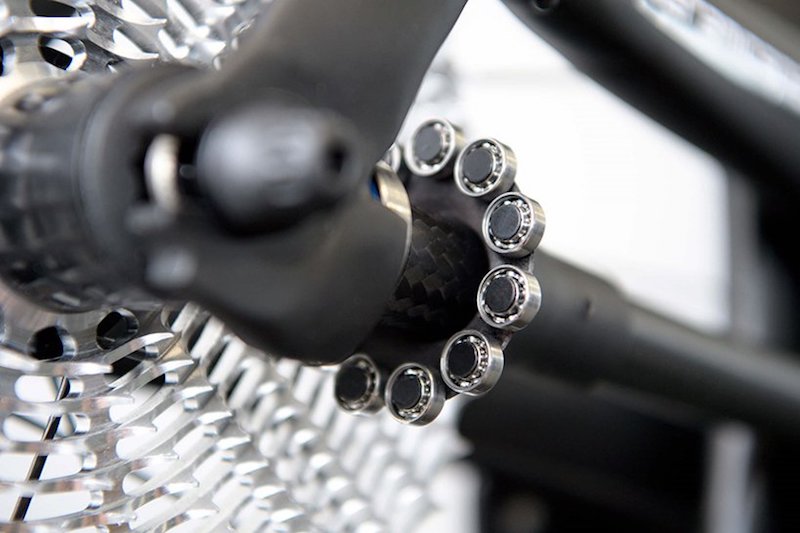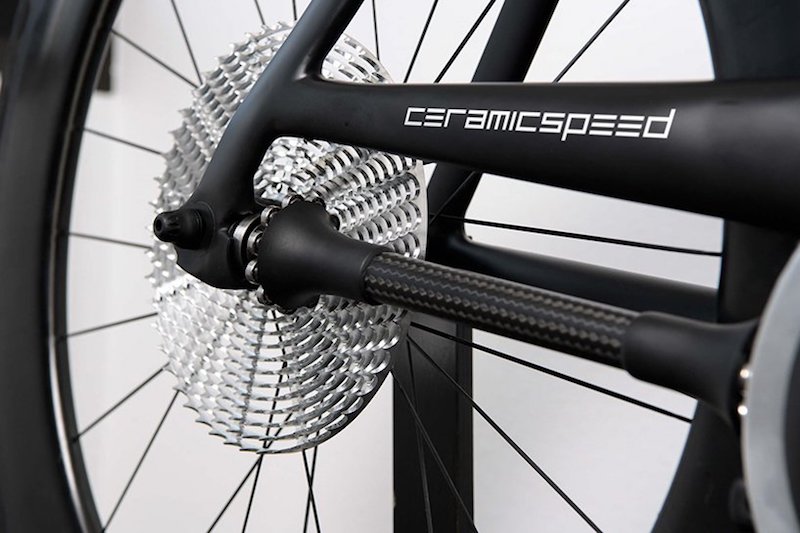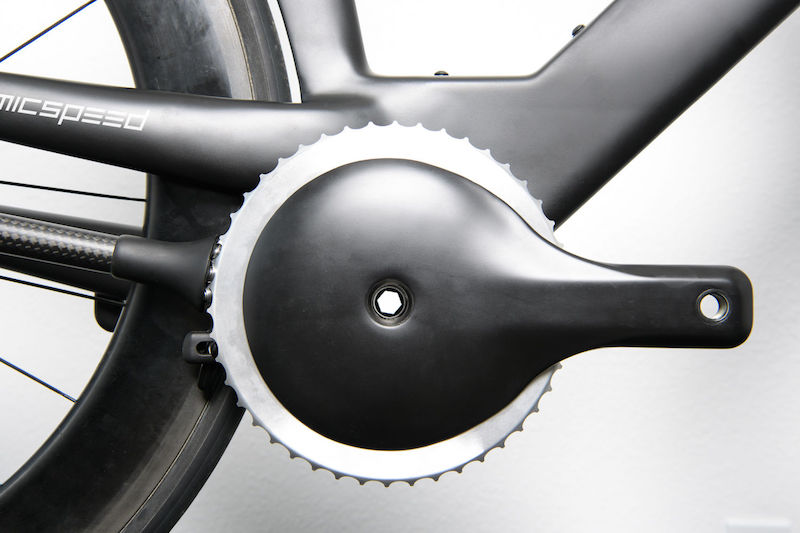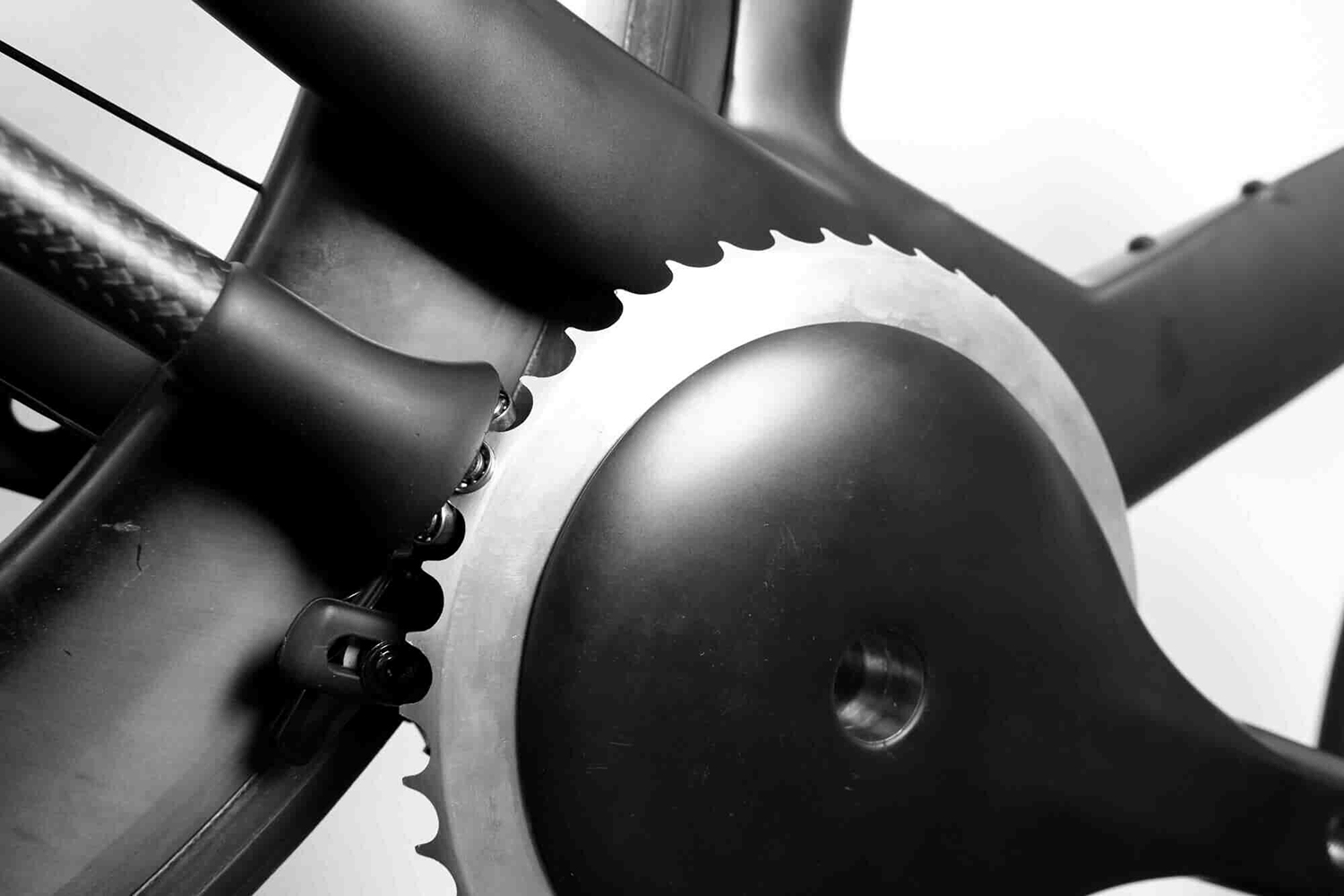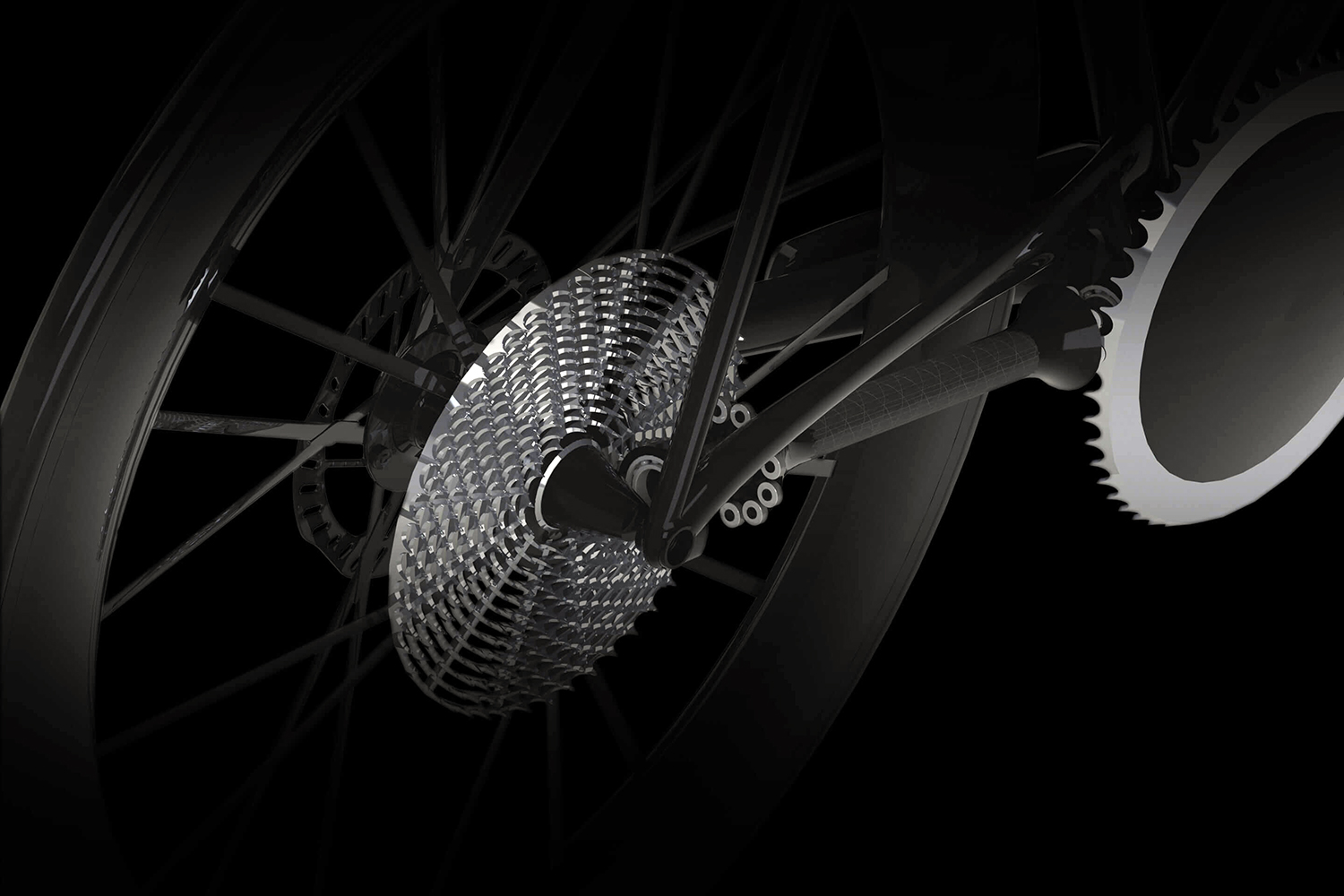The future of cycling may just have been revealed at Eurobike, an annual cycling trade show that is taking place right now in Germany. At the event, a company called CeramicSpeed took the wraps off a prototype bike that looks like something straight out of a science-fiction movie, complete with a revolutionary new chainless drive system that promises to be a revelation for riders, improving speed and efficiency without an increase in power.
More cycling tech
- This 3D-printed bicycle tire will never go flat
- These fabric bicycle spokes will lighten your load
- Ride safely at night with Arara, a magnetically powered bicycle light
- Smart bike lighting system uses lasers to make cyclists more visible
CeramicSpeed developed its new DrivEn system in conjunction with the University of Colorado’s mechanical engineering department. The innovative crankset does away with the traditional chain drive, replacing it with a system that uses 21 ceramic bearings to transfer power generated from the pedals through front- and rear-mounted pinions instead. This cuts down on the number of moving parts involved with the drivetrain considerably.
The DrivEn prototype does away with the chain, derailleurs, and pulleys found on most traditional bikes, which has the effect of reducing the number of friction points found in the drive system. As the chain slides through a typical cycling crankset, there are eight points where it can generate friction, lowering efficiency as a result. But CeramicSpeed’s new drive drops that number down to just two friction points, which means more of the power that is generated from pedaling goes directly into pushing the bike forward, translating into more speed for less work.
According to CeramicSpeed, the DrivEn actually gets more efficient at higher speeds. In fact, the company claims that when a rider hits 380 watts of output, efficiency actually climbs to 99 percent, something that is unheard of on a traditional bike model. If true, that means that nearly all of the power generated by a rider is being transferred directly to the wheels of the bike. That should lead to faster rides for both serious and casual cyclists alike.
It is unclear when — or even if — the DrivEn system will be brought to market, but it does show the level of technology and innovation the cycling industry is toying with at the moment. The prototype was even good enough to earn CeramicSpeed a Design Award at Eurobike, indicating a product that will be worth keeping an eye on in the future.
